Shutter speed explained for Beginners
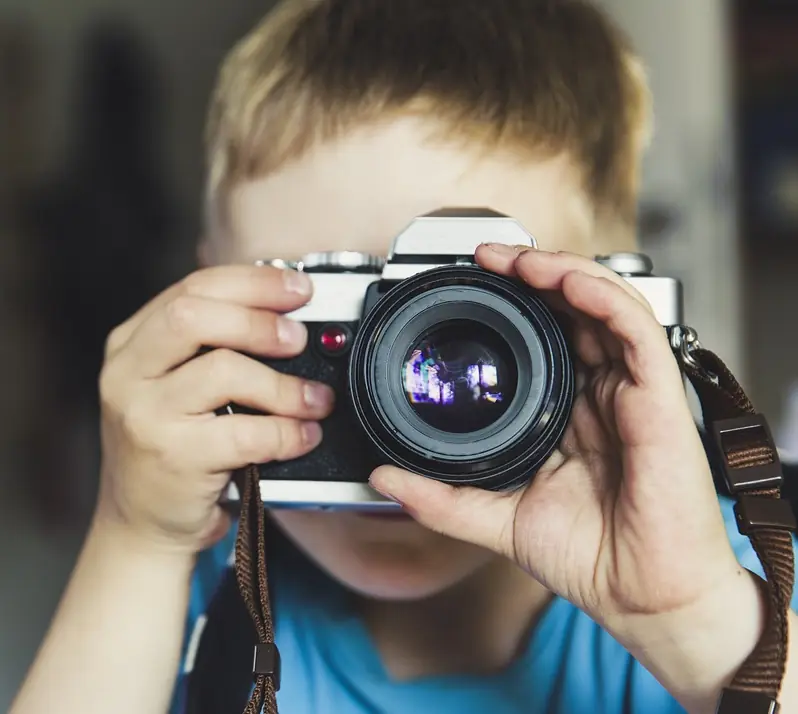
Introduction
In the world of photography, understanding the nuances of Shutter speed unlocks the secret to capturing moments in time. This guide delves into the intricacies of shutter speed, and how it impacts your photographs. Join us on this journey into the explanation of shutter speed for beginners.
What is Shutter Speed?
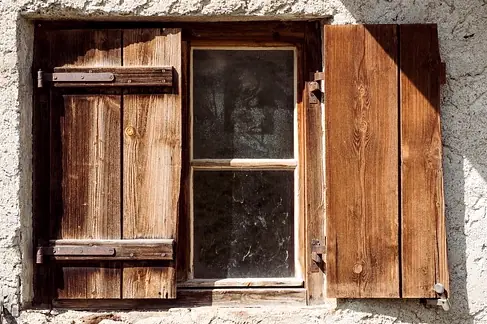
No, not that kind of shutters; although they do serve a similar function. At its core, shutter speed refers to the amount of time that a camera’s shutter remains open, exposing the camera sensor to light. Measured in seconds or fractions thereof, it plays a crucial role in controlling the exposure of an image and capturing motion in a frame and is critical for beginners to understand.
The Mechanics of Shutter Speed
To comprehend shutter speed fully, let’s break down its mechanics. When you press the shutter button on your camera, the shutter opens to allow light to hit the camera’s sensor or film. The duration for which this shutter remains open determines the exposure time. Fast shutter speeds result in a short exposure time. Slow shutter speeds mean a longer exposure, allowing light to build up on the sensor.
Shutter Speed Measurements
Shutter speed values are expressed in seconds or fractions of a second. Common measurements include 1/1000, 1/500, 1/250, 1/125, 1/60, 1/30, and so on. The smaller the denominator, the faster the shutter speed. For instance, a shutter speed of 1/1000 means the shutter is open for one one-thousandth of a second. Most dedicated cameras these days have shutter speeds that range from 1/8000 to 30 seconds. Some can go faster than that. On the slow end, longer exposures can be obtained in a camera’s “bulb” setting. Use the shutter button or a remote to open and close the shutter separately.
Full Stops and Doubling/Halving
Shutter speed settings follow a sequence representing “full stops” of light. A “full stop” in light is a doubling or halving of the light. Understanding the concept of doubling or halving these values is essential. Transitioning from 1/125 to 1/250 cuts the light in half. While going from 1/250 to 1/125 doubles it. These are full-stop changes in the shutter speed. Many cameras allow fractional stop shifts to tune your shutter speed more precisely.
Understanding Shutter Speed Values
Fast Shutter Speeds: Freezing Motion
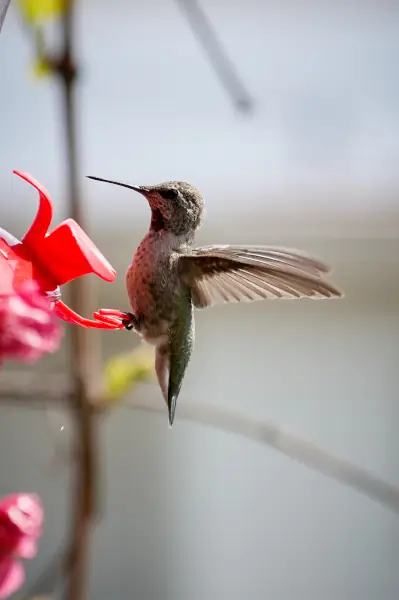
Fast shutter speeds, such as 1/4000 or 1/2000, are ideal for freezing fast-moving subjects. Sports photography, wildlife shots, or capturing action all benefit from swift shutter speeds. The result is crisp and sharp images, devoid of motion blur.
Slow Shutter Speeds: Embracing Motion Blur
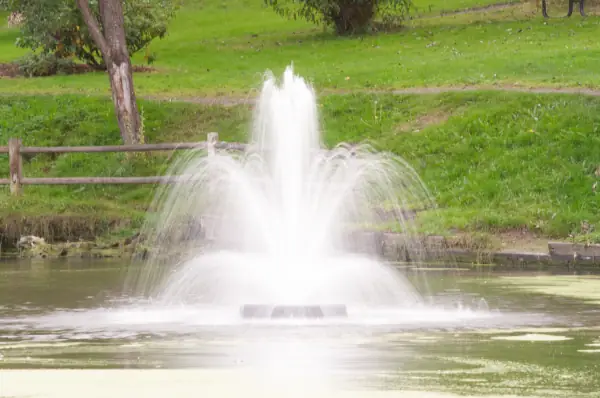
On the flip side, slow shutter speeds like 1/20 or 1/10 can be employed intentionally to introduce motion blur. This technique is popular in creative photography. Commonly used to smooth out flowing water, moving lights, and panning with a subject to blur the background.
Practical Considerations for Shutter Speed
Handheld Photography
When shooting without a tripod, maintaining a balance between shutter speed and handheld stability is crucial. A common guideline is to match the shutter speed to the lens focal length. For example, using a 50mm lens suggests a minimum shutter speed of 1/50 second to avoid handheld shake. With longer lenses and some high-megapixel modern bodies that rule can be doubled. It will take some experimenting to find the sweet spot for each photographer. Too slow and subject motion can introduce blur.
Low Light Situations
In low-light conditions, adjusting the shutter speed becomes imperative. While a slower shutter speed allows more light into the camera, it heightens the risk of motion blur, especially when shooting handheld. Employing a tripod or utilizing lenses with image stabilization can mitigate this challenge.

Real-world Applications of Shutter Speed
Sports Photography
In the fast-paced world of sports photography, fast shutter speeds are a necessity to freeze athletes in action. Whether it’s a sprinter crossing the finish line or a soccer player making a crucial kick, a swift shutter captures the intensity of the moment.
Portrait Photography
Shutter speed plays a crucial role in portrait photography, especially when photographing subjects in motion. A balance must be struck to ensure a sharp focus on the subject while capturing any desired movement or expressions.
Landscape Photography
Landscape photographers often use a combination of shutter speed and aperture to capture the vastness and beauty of nature. Fast shutter speeds may be employed to freeze details in a dynamic scene, while slow shutter speeds convey the fluidity of water or the movement of clouds.
Tips for Mastering Shutter Speed as a Beginner
- Practice Regularly:
- Experiment with different shutter speeds in various scenarios to develop an intuitive understanding of their impact on your photos.
- Understand the Scene:
- Consider the type of scene you are capturing. Adjust shutter speed based on whether you want to freeze action, convey motion, or achieve a specific creative effect.
- Manual mode:
- Transition to manual mode to have full control over your camera settings. This allows you to fine-tune the shutter speed according to your creative vision.
- Combine with effects from Aperture and ISO to explore the Exposure Triangle
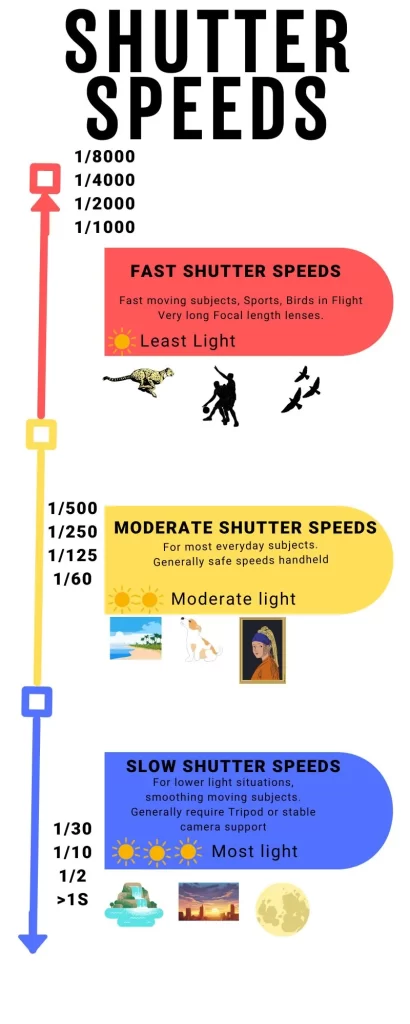

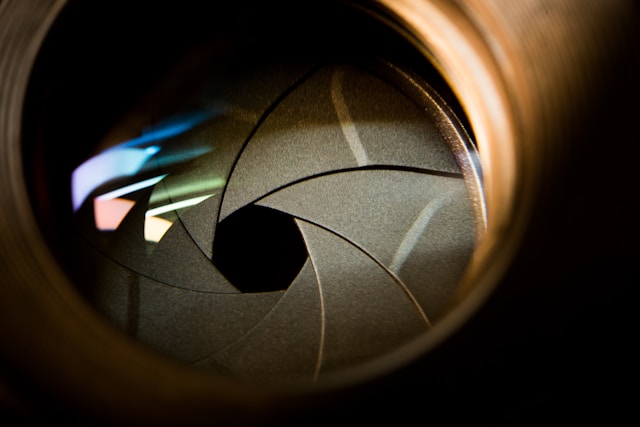
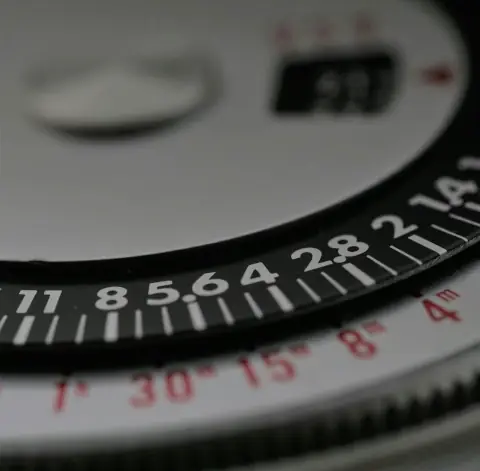

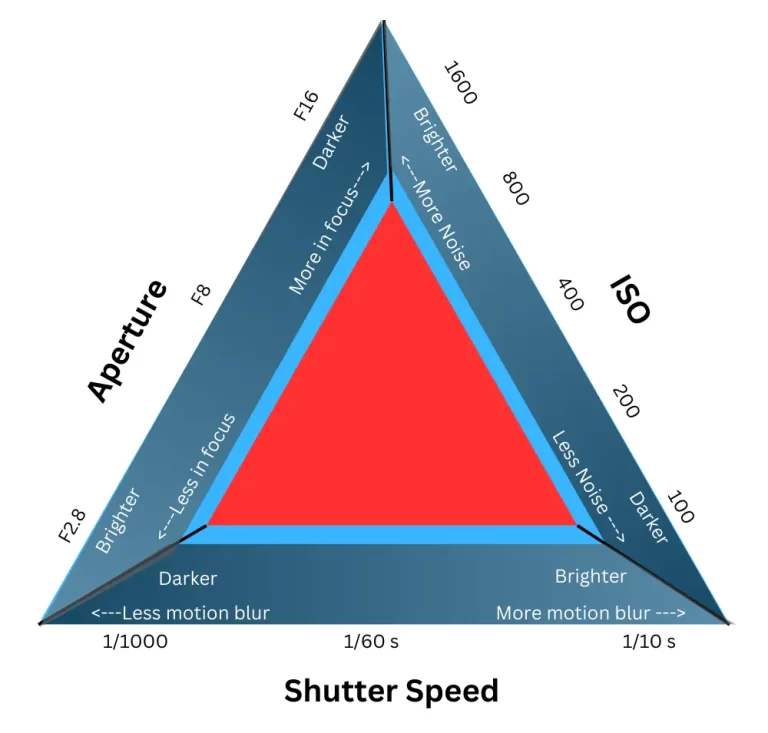
This article is very interesting and full of useful information! The website is a great place to find quality content.